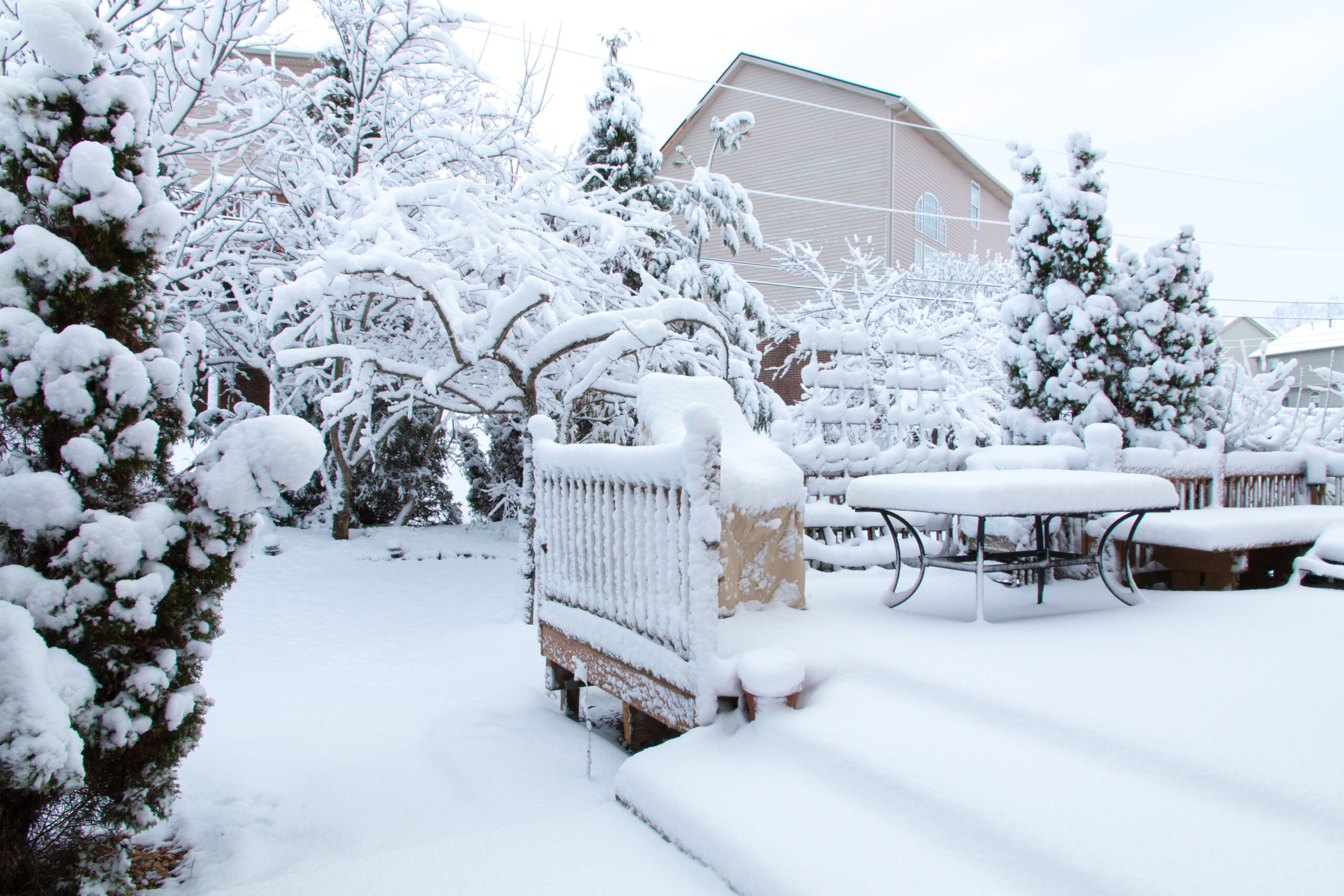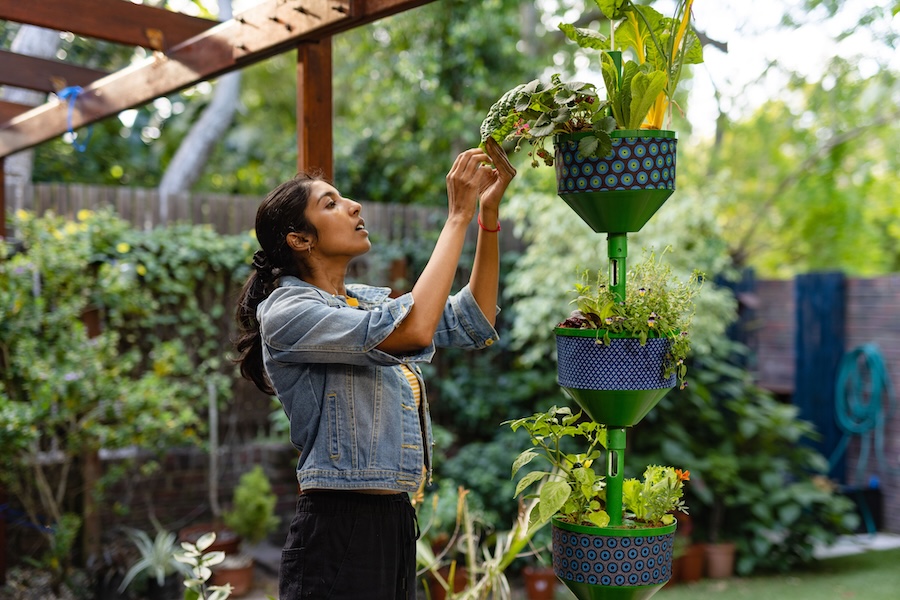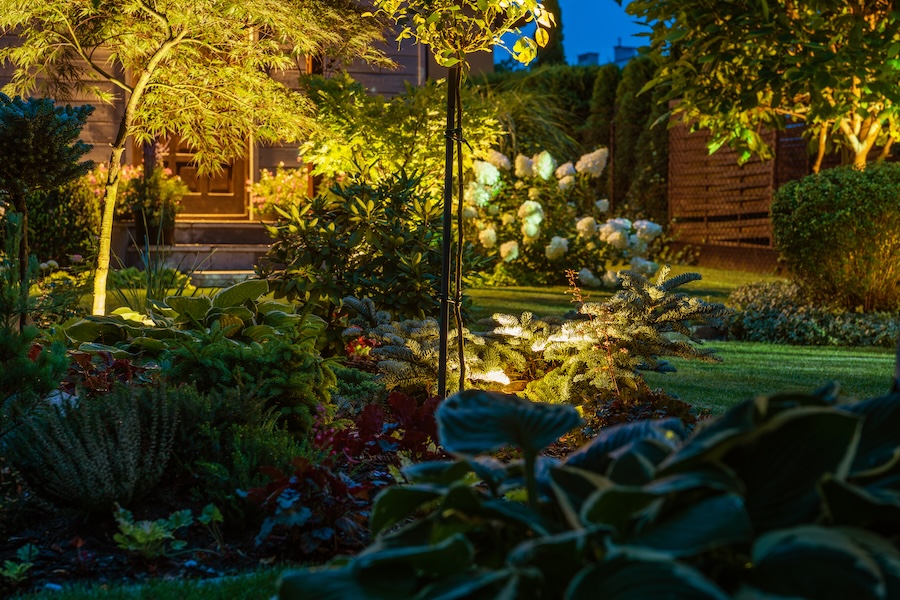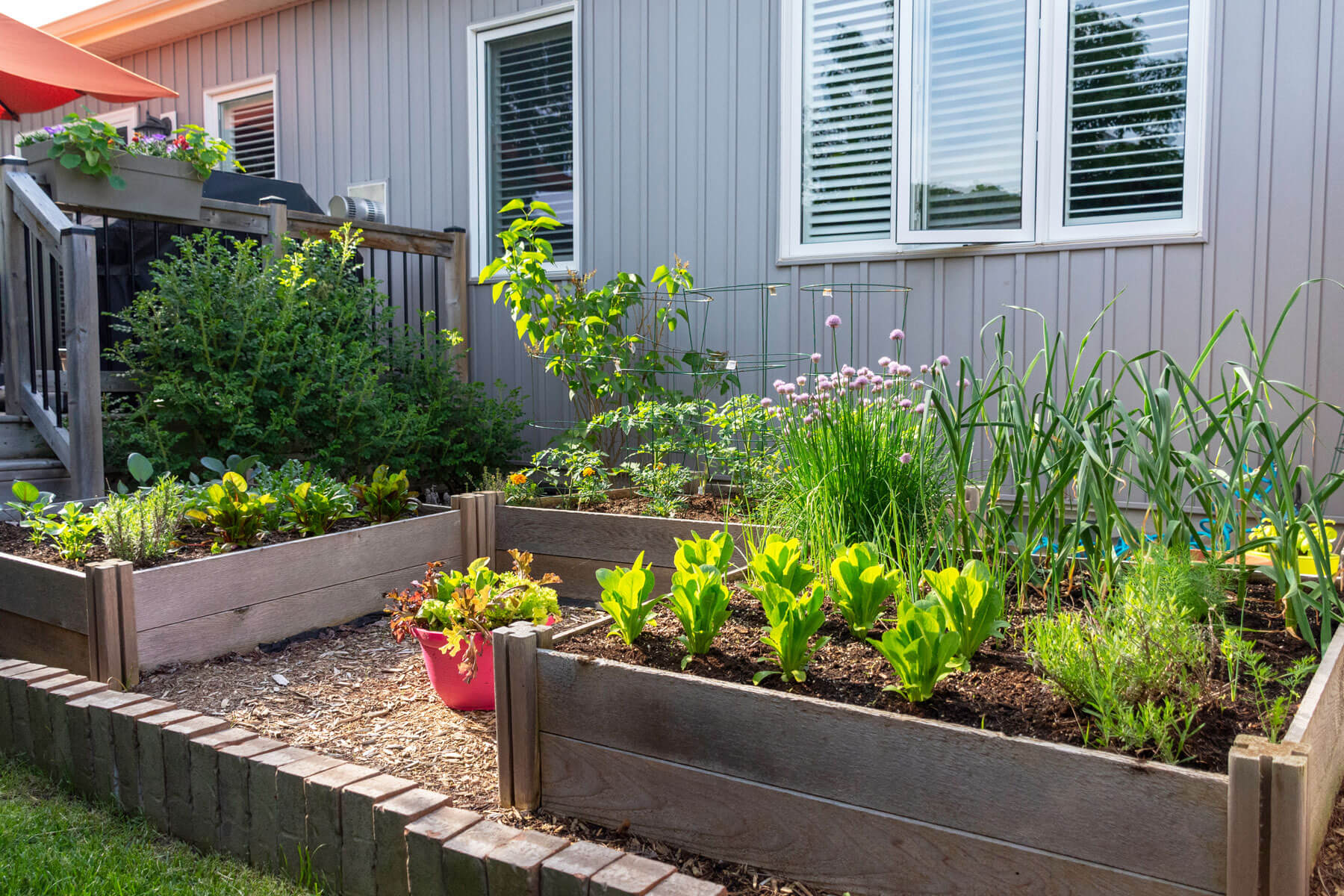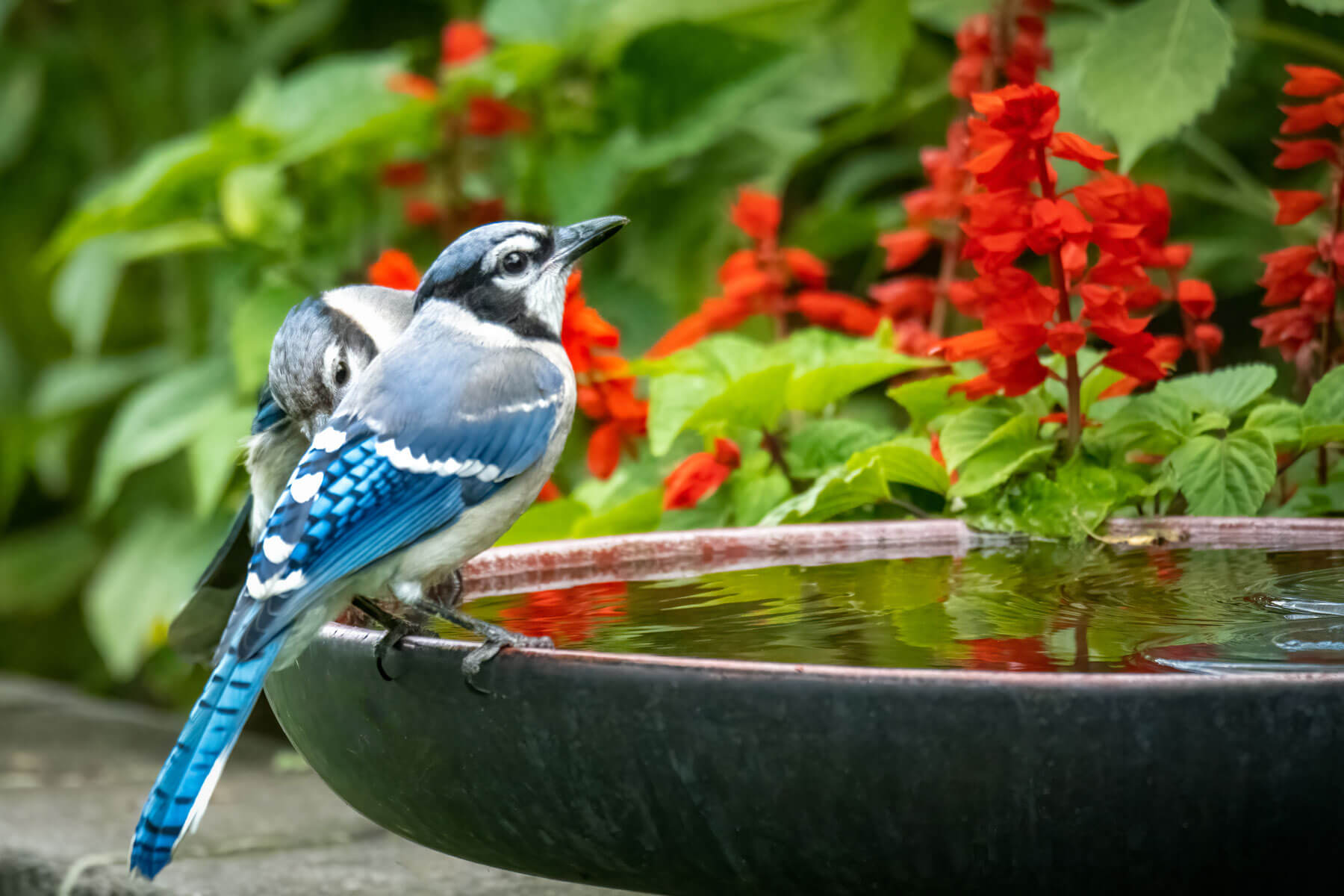8 Things You Can Do To Keep Your Backyard In Top Shape During Winter
There are more than 320,000 individual species of plants worldwide. While there certainly aren’t that many plants in your yard, there will likely be quite a few that you have to tend to as the weather starts to get colder and colder.
Winter backyard maintenance can be a pain to deal with if you don’t know how to handle it. Fortunately, once you master the basics, backyard winter maintenance will be a breeze. Keep reading and learn more about where you should start below.
Prune
Not many people realize that pruning trees and bushes during the winter is an important component of home landscaping.
Even though plants don’t grow very much during the winter, it is important to prune them sooner than later. Otherwise, you might find yourself overwhelmed with your landscaping chores once spring rolls around. Keep in mind that you might not have to prune all of your vegetation right away, however.
On the contrary, some plants are better off when you prune them in February or March. If you aren’t sure which plants you should prune right away, you can always do some research to learn more about how to care for particular types of plants.
Don’t Pick Up the Leaves
Many people are in the habit of raking up the leaves in their yard and throwing them into a pile or throwing them out entirely.
However, this could actually be a bad idea for your future landscaping endeavours. This is because you can use those old leaves as mulch. Leaving a bunch of leaves on the ground to decompose under the snow during the colder months isn’t good for the grass. However, if you gather the leaves and then store them for later use, those leaves can work wonders for your plants.
When you use leaves for mulch, the nutrition in those leaves will filter down into your plants. A bonus, these leaves can also help with drainage and ensure that the roots of your plants are protected. So, the next time you think about raking up fallen leaves, make sure to keep them on hand.
Collect the Seeds
If your plants have any seeds on them, it will be a good idea to collect them.
That way, you can plant new plants once the warmer weather rolls around. Also, collecting these seeds is important to ensure that plants don’t randomly start sprouting up once spring arrives.
As long as you collect the seeds in time, you can choose to plant them wherever you want and you won’t have to deal with stray growths. Speaking of stray growths, you should also pick up any seeds from unwanted plants such as acorns and so on.
Start the Compost Pile
It’s always a good idea to start your compost pile early. It takes quite a while to put a compost pile together. After all, when you throw a bunch of composted items together, it will take weeks and even months for those items to turn into compost that will be nutritious for your plants.
To start a compost pile, you will need to find a suitable location in your yard that is easily accessible and receives adequate sunlight. The area should be at least three feet wide and long, and have good drainage. Next, gather materials for your compost pile, such as leaves, grass clippings, fruit and vegetable scraps, and coffee grounds. It is important to have a mix of green and brown materials in your compost pile, as the greens provide nitrogen and the browns provide carbon.
Once you have your materials, layer them in your chosen location and moisten them thoroughly. Turn the pile regularly to help the materials breakdown faster, and keep it moist but not too wet. In time, the materials will breakdown into a rich, dark compost that can be used to enrich the soil in your garden.
You certainly don’t want to start your pile too late, otherwise, the compost might not be ready for your plants once spring arrives. As long as you think ahead, you and your plants should be good to go.
Take Care of Your Lawn
If snow hasn’t fallen yet, you will still need to take care of your lawn to a certain extent. Make sure to clean up any debris, such as fallen leaves and branches, that may have accumulated on the grass. This will help prevent the growth of mold and other unwanted pests.
Mowing your lawn is important. Even though grass doesn’t grow very fast during the winter, it is still necessary to keep the grass short before it snows. Overgrown grass trapped under snow for many months can ruin the quality of the grass. Also, it will require more work from you once spring arrives.
You can aerate the lawn to help improve air circulation and water penetration. This can be done using a garden fork or aeration machine, and should be done in the early fall before the ground becomes too hard. Additionally, it is a good idea to apply a layer of mulch to your lawn to help insulate the soil and protect the roots of your grass.
Finally, make sure to keep the lawn watered, even during the winter months, as dry soil can cause the grass to become brittle and susceptible to damage. By following these steps, you can help your lawn stay healthy and strong throughout the winter season.
Organize Your Garage/Shed and Sharpen Your Tools
Winter is the perfect time to organize your garage or garden shed. Instead of tending to plants, you can instead, make sure all of your tools are in place.
That way, when spring rolls around, you can grab whatever tools you need right away.
Also, make sure to sharpen your tools ahead of time. This is especially true for axes, certain shovels, gardening tools, and so on.
Apply Animal Repellents
Even in winter, animals can still be a nuisance to your vegetation. For that reason, be sure you don’t forget to use animal repellents. That way, pesky animals will stay at bay and won’t dig into your plants.
Check Stored Bulbs and Tubers for Mould
Bulbs and tubers can easily get mouldy during the winter. To check stored bulbs and tubers for mold, carefully remove them from their storage containers and inspect them for any signs of mold growth.
Mold is a common problem in stored bulbs and tubers, and can appear as a white, gray, or black growth on the surface of the plant. If you notice any mold, carefully remove it using a small brush or knife, and then place the bulb or tuber in a well-ventilated area to dry. Be sure to discard any bulbs or tubers that show signs of extensive mold growth, as they may not be healthy enough to be planted.
It is also a good idea to regularly check your stored bulbs and tubers for mold, and to take steps to prevent it from occurring in the first place, such as by storing them in a cool, dry place.
Plan for Next Year
Planning for next year will make next year’s landscaping and gardening much easier.
When planning for next year’s landscaping, it is important to consider the current state of your yard and any improvements you would like to make. This may include adding new plants, building raised garden beds, or installing a new patio or walkway. Prepare some seeds, tools, dirt, and other objects so that you won’t have to deal with them too much in the spring.
It is also a good idea to take into account the climate and growing conditions in your area, as well as any specific design goals you may have.
By carefully planning ahead, you can create a beautiful and functional landscape that will thrive in your environment.
The Takeaway: Winter Backyard Maintenance
Winter backyard maintenance doesn’t have to be as hard as you might expect, but you do have to consider certain factors.
For example, you have to think about using leaves for mulch, collecting seeds, using animal repellents, checking for mould, and so on. If you need some help with your landscaping goals, you can always contact us here.

In 2008, following a successful career as a member of the Canadian Alpine Ski Team, Jonathan Robert stepped into the landscaping industry, starting Jonathan Robert Landscapes. In the years since he’s quickly earned a reputation for high-quality work with creative designs and has been recognized in several industry-leading publications. Jonathan’s always got an eye on innovation and is always looking ahead to see what’s on the horizon in the industry. He works hard to stay on top of current guidelines, practices, and regulations. Jonathan is a member of Landscape Ontario, the International Concrete Paving Industry (ICPI), Canadian Nursery Landscape Association (CNLA), and is a Tech-Pro contractor.

